Korean grapes are a delightful blend of flavor and sensation, perfect for fruit lovers exploring new tastes. One of the most popular varieties is the Shine Muscat, known for its sweet, crisp texture and bright, yellow-green berries.
These grapes, originally developed in Japan, have found a loving home in Korea, becoming a major part of the country's luxury fruit market.
Another fascinating type is the Kyoho or Geobong in Korean. These grapes are large, deep purple, and incredibly sweet, almost like nature's candy. Most Koreans peel the skin off before enjoying them, making for a playful snack that's both tasty and fun.
Korean grapes also include the lesser-known Muscat Bailey A, or "Meoru Podo," which carries a unique flavor reminiscent of wild grapes. Each variety offers a distinct experience, making them a staple in Korean markets and a must-try for anyone interested in Korean cuisine.
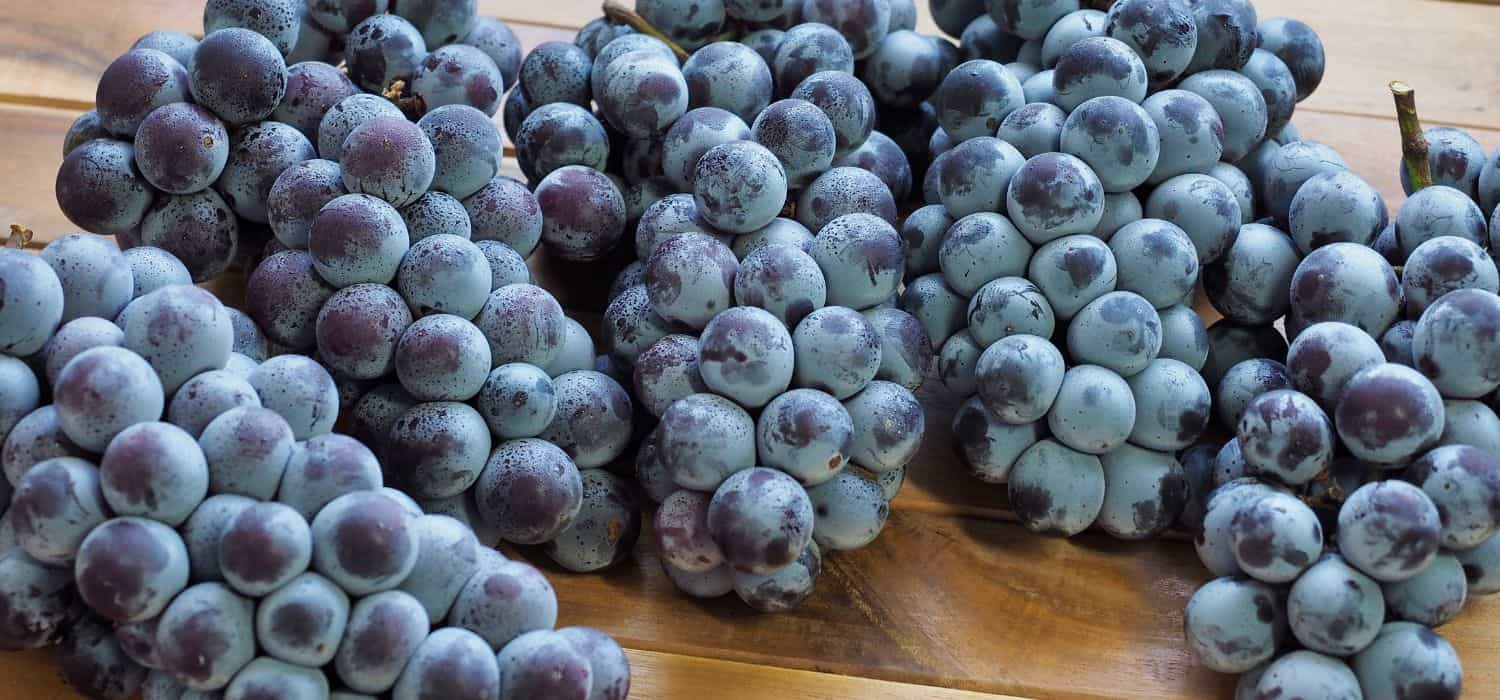
Jump to:
⌛ History and Origin
Early Beginnings in East Asia
Korean grapes' roots go back to early East Asian agriculture. Though initially cultivated in Japan and China, grape cultivation spread quickly throughout the region. By 1937, various grape varieties were crossbred to create hybrids that could flourish in different climates.
Kyoho grapes originated in Japan and are one of the most famous varieties. They were created by combining American Concord grapes with the Japanese Ishiharawase grape.
This blend resulted in large, sweet, and juicy grapes that gained popularity not just in Japan but across East Asia. In Korea, these grapes are called Geobong and are enjoyed by peeling off the skin before eating, as noted on Lingua Asia.
Korean Grapes on the Global Stage
Thanks to their unique taste and high quality, Korean grapes have stepped onto the global stage. Though Japan was initially known for producing the best quality grapes, South Korea has made significant strides in the industry.
Shine Muscat grapes from Korea are highly sought after and can command premium prices. Climate, soil, and advanced agricultural practices have allowed South Korea to produce grapes that rival Japan and other leading grape-producing countries.
This emergence on the international market has not only boosted the local economy but also created a new wave of appreciation for Korean grapes globally, as explored on the K-Food Trade website.
Korean grapes, once a regional specialty, are now enjoyed by consumers around the world.
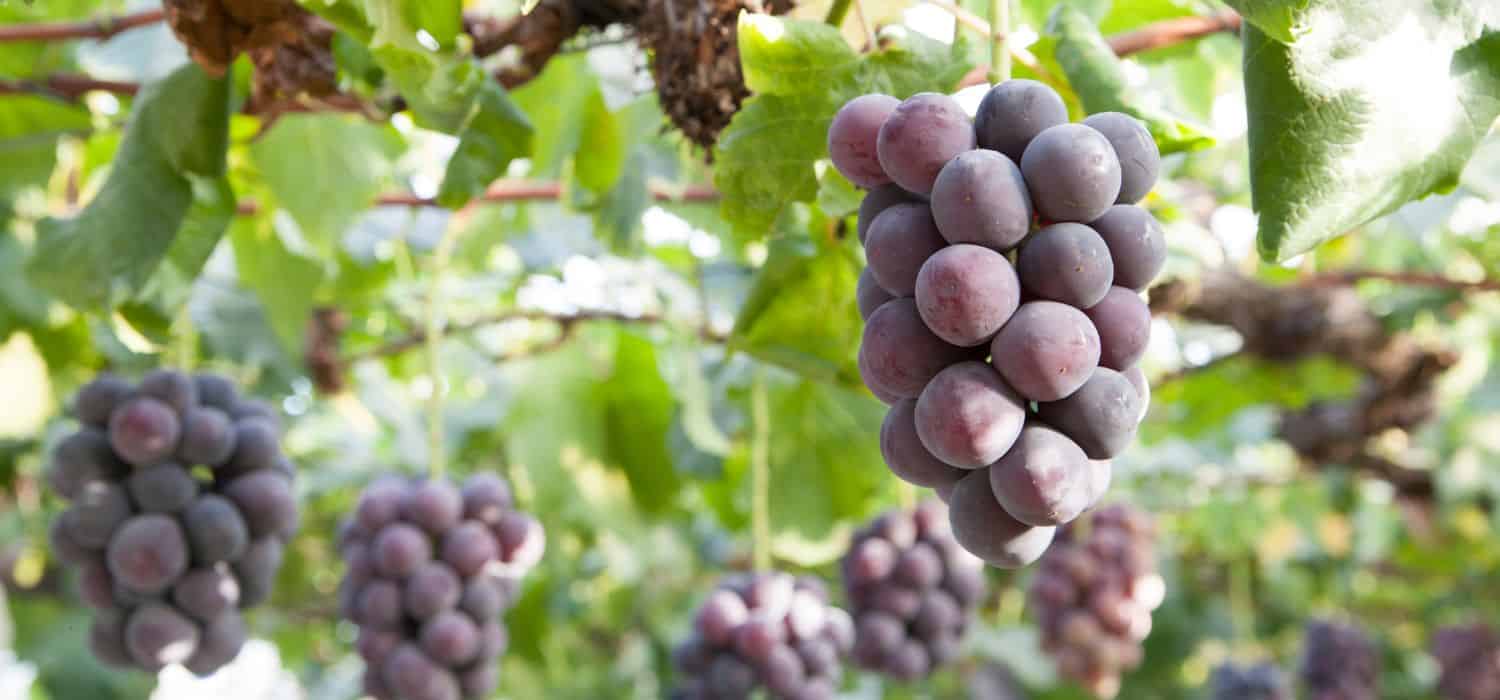
🍇 Types of Korean Grapes
Popular Varieties
Shine Muscat: Shine Muscat grapes are known for their bright green color and crisp, sweet taste. They are often seedless, making them easy to eat. These table grapes are also popular due to their high sugar content and juicy texture. The Shine Muscat is a recent favorite because of its balanced flavor.
Kyoho Grapes: These larger grapes have a deep purple color. Originally from Japan, Kyoho grapes have been embraced in Korea. They're almost like candy, with sweet, juicy flesh. Most people peel off the thick skin before eating them. They are packed with minerals like calcium and potassium.
Unique Characteristics
Color and Size: Korean grapes come in various colors, from the green Shine Muscat to the purple Kyoho. The Shine Muscat is known for its bright green hue, while the Kyoho has a striking purple hue. Size-wise, Kyoho grapes are quite large, often compared to small plums.
Texture and Taste: Shine Muscat grapes have a crisp texture and sweet flavor, making them ideal for snacking. They are often seedless and easy to eat. In contrast, Kyoho grapes have a thicker skin but are incredibly juicy inside. They offer a more intense sweetness.
Nutritional Benefits: Both Shine Muscat and Kyoho grapes are rich in vitamins and minerals. Shine Muscat grapes have high sugar content and antioxidants. Kyoho grapes provide a good amount of calcium, potassium, and iron, offering many health benefits.
Each grape variety offers something special, ensuring a perfect choice for every taste preference.
🪴 Cultivation Practices
Cultivation Area and Techniques
Grape cultivation in South Korea primarily concentrates in regions like Yeongcheon and Sangju. These areas are known for their favorable climate and soil conditions for grape farming. The main varieties grown include ‘Campbell Early,’ ‘Shine Muscat,’ and ‘Kyoho,’ which comprise more than 90% of the grape cultivation area.
Farmers use bag cultivation to protect the grapes from pests and pollutants, reducing the need for pesticides. This method ensures the grapes meet export quality standards such as 15-17°Bx sugar content and 7+ color charts.
Farmers follow strict guidelines in their farming practices to maintain high food safety standards. Regular soil testing, controlled irrigation, and organic fertilizers are common techniques for improving grape quality and yield.
Harvesting and Seasonality
The grape harvesting season in South Korea typically starts in late July and continues through September. The timing can vary depending on the specific variety and regional climate conditions.
Grapes are picked by hand during the harvest to avoid damaging the fruit. Farmers ensure that the grapes have reached the desired sugar content and coloration before they are harvested. This careful selection process helps maintain the quality of the grapes that reach the market.
The Rural Development Administration in Korea provides standardized management practices to ensure consistent grape quality. These practices include guidelines for pruning, thinning, and pest control, which are crucial for a successful harvest.
By using these cultivation practices, Korean grape farmers produce high-quality fruit that is safe and delicious for consumers.
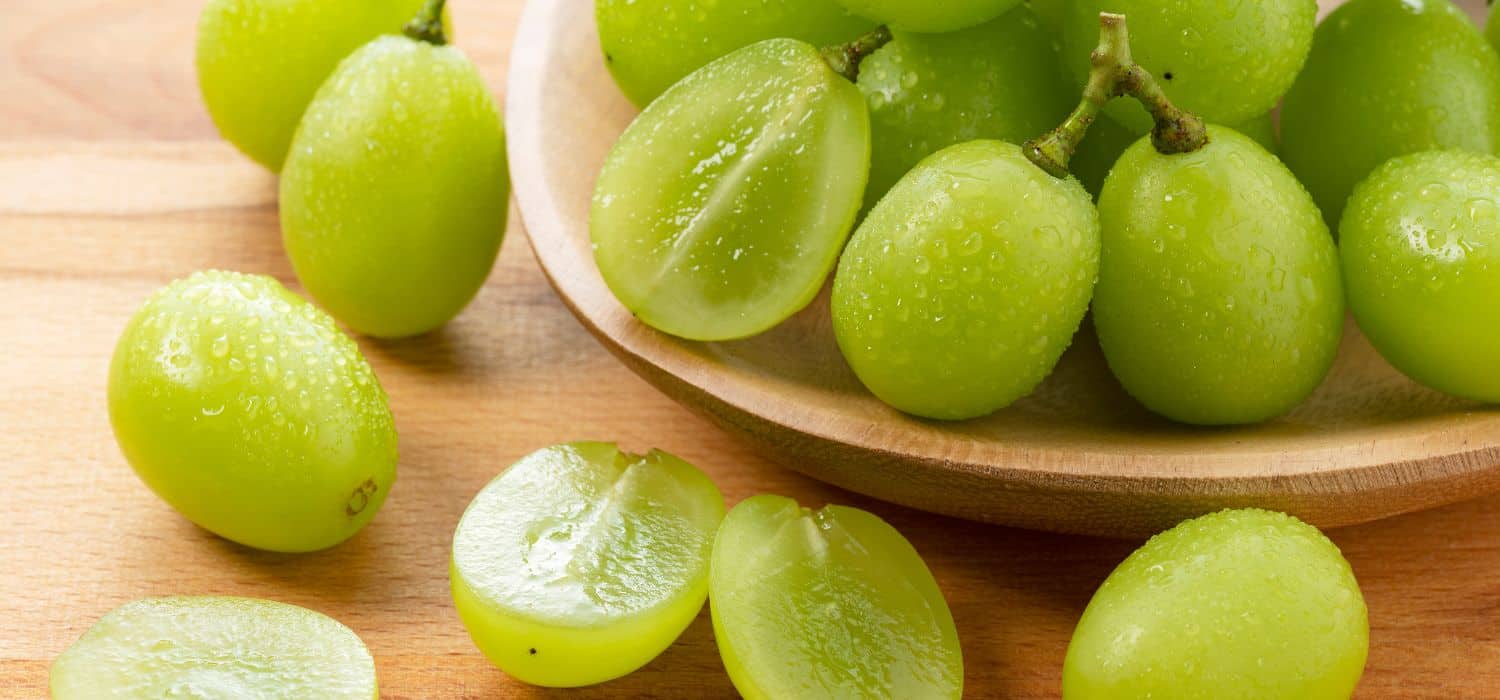
🩺 Nutritional Value
Vitamins and Minerals
Korean grapes are an excellent source of vitamins C and K. Vitamin C is crucial for immune function and skin health. A cup of grapes provides about 62 calories and 12% of the daily value for vitamin C.
Vitamin K is essential for blood clotting and bone health. In a serving of grapes, you can get around 18% of the daily value of vitamin K.
These grapes also contain potassium, which helps regulate blood pressure and fluid balance. A typical serving contains about 192 milligrams of potassium, which is roughly 5% of the daily recommended intake.
In addition, grapes contain iron and calcium, albeit in smaller amounts, contributing to red blood cell production and bone strength.
Health Benefits
Korean grapes have notable health benefits. They are rich in polyphenols and antioxidants that help fight free radicals and reduce inflammation. This can contribute to better heart health and reduced risk of chronic diseases.
Resveratrol also supports cardiovascular health by promoting healthy blood vessels and reducing cholesterol levels.
Korean grapes contain dietary fiber, which aids in digestion and helps maintain a healthy weight. Their high vitamin C content can boost the immune system and promote healthy skin. These combined nutrients make Korean grapes a nutritious addition to any diet, supporting overall health and well-being.
🧐 Sensory Profile
Taste and Texture
Korean grapes like Kyoho and Cheongsoo are known for their unique taste. Kyoho grapes, for instance, are quite large, almost as big as a small plum. They're very sweet and juicy, making them irresistible. Their high sugar content also contributes to their delicious flavor.
The texture of Kyoho grapes is notable, too. They have thick but soft skin that's easy to chew, and the flesh is tender and bursting with juice.
Combining a slight crispiness from the skin and the juicy interior creates a satisfying bite. These grapes are not just limited to being eaten fresh; they're also used in salads and wine-making.
Aroma and Color
Another aspect that makes Korean grapes special is their aroma. They often have a fragrant, sweet smell that's inviting. This aroma is most prominent in Kyoho grapes and other varieties. Their scent adds to the overall sensory experience when consuming them.
Korean grapes come in various shades of color. Black grapes like Kyoho have a deep, almost purplish-black hue. White and blue grapes are also varieties found in Korea. The beautiful and vibrant colors make these grapes tasty and visually appealing.
📈 Economic Aspects
Pricing and Demand
The market for Korean grapes has experienced notable shifts. For instance, local shops sell premium grapes at around ₩9,990 per package. This price reflects the quality and care in production. Luxury Fruit Shops often stock these grapes due to their high demand among consumers willing to pay more for top-quality produce.
Domestic production has been decreasing, but imports have risen. This change is partly due to trade agreements impacting local supply and pricing. The demand for luxury fruit remains robust, thanks to their superior quality and consumers' preference for these products.
Pricing is also influenced by the harvest season and the overall yield. Periods of low production or adverse weather conditions can cause prices to rise, impacting both vendors and consumers. Despite these fluctuations, grapes remain a staple luxury item in many households.
Korean Grapes in the International Market
Korean grapes have successfully penetrated various international markets. Vietnam, for instance, has emerged as a major importer, significantly increasing its intake of Korean grapes. The value of Korea's grape exports grew, reflecting their popularity abroad.
Countries like Hong Kong, Thailand, Malaysia, and Taiwan are key markets for these grapes. The International Organisation of Vine and Wine states that Korean grapes have maintained growth in these regions. This is largely due to their perceived quality and effective marketing strategies.
Improving pre-cooling and storage methods has helped Korean grapes withstand long journeys and maintain quality. These improvements allow them to compete with other international producers in terms of price and quality.
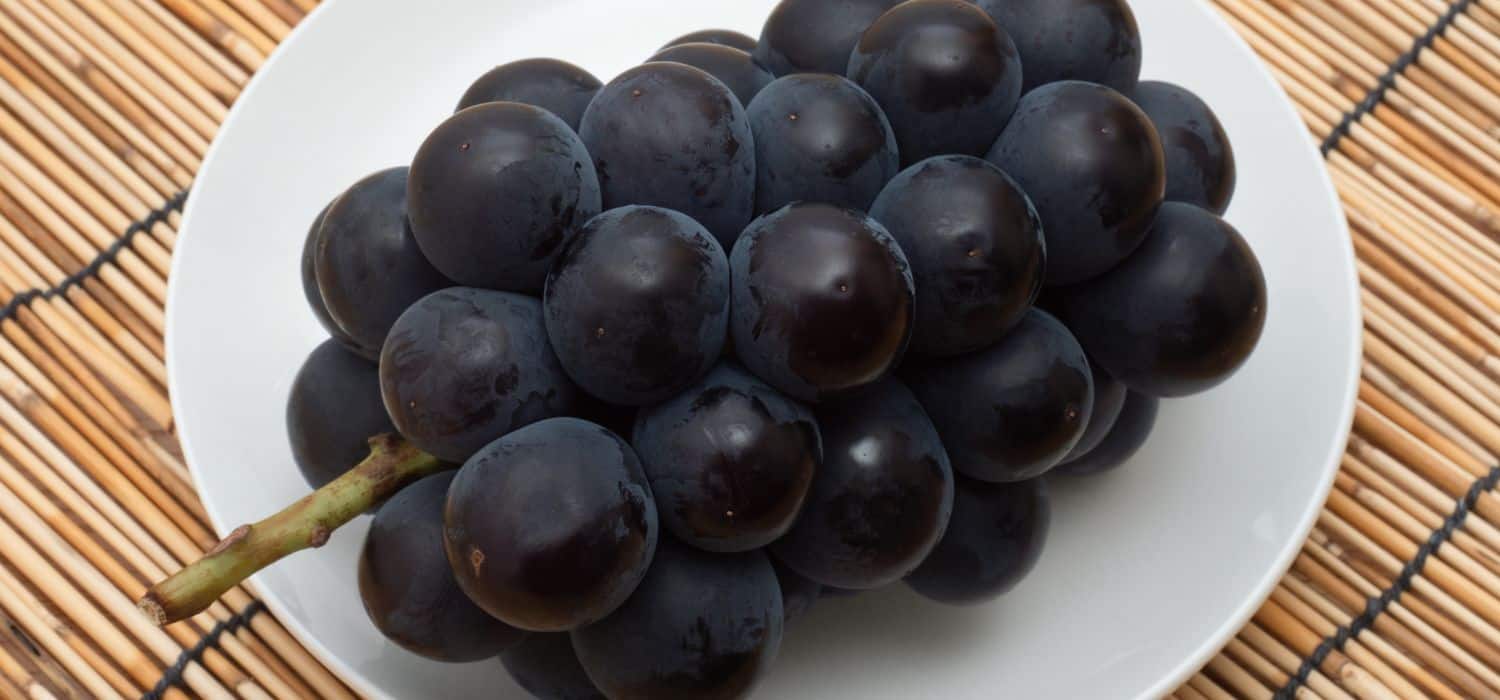
🥣 Consumption Patterns
Table Grape Consumption
In South Korea, the average per capita consumption of grapes has seen a small rise, reaching around 4.4 kilograms in 2022. This increase reflects how popular grapes have become among both younger and older generations.
The most common varieties include Campbell Early, Kyoho, and Shine Muscat. These grapes are typically enjoyed fresh due to their juicy and sweet flavor. The table grapes are often packed in small bunches, making them easy to snack on throughout the day.
Grapes are also a popular fruit for kids in South Korea, often taking the place of more common fruits like mangoes and bananas. Parents appreciate the health benefits, and kids love the natural sweetness they offer.
Korean Grapes in Cuisine
Korean grapes are not just snacks but are also used in various culinary creations. One popular use is in desserts, where they add sweetness to cakes, tarts, and traditional rice cakes.
Another common use is in grape juice, which is enjoyed alongside meals or as a refreshing drink on a hot day. The juice often retains the rich flavor of the grapes, making it a favored choice among fruit juices.
In addition, Korean grapes can be found in salads, paired with tropical fruits like mangoes and traditional fruits like pears, creating a blend of flavors that adds a unique twist to each dish. The high sugar content and rich taste of Korean grapes make them a delightful ingredient in sweet and savory dishes.
🌡️ Packaging and Storage
Innovative Packaging Solutions
Innovative packaging solutions help maintain the quality of Korean Shine Muscat grapes. They're often packaged in custom boxes that provide a cushion to protect the delicate fruit during transportation.
Plastic clamshells and ventilated bags are common. These options allow airflow, reducing moisture buildup that can cause rot. Sometimes, grapes are in individual pouches to prevent bunches from crushing each other.
Luxury fruits may also be wrapped in foam netting or placed in specialized, compartmentalized boxes to keep each grape pristine. These methods ensure that customers receive beautifully presented, fresh grapes.
Extending Shelf Life
It's important to store Korean grapes correctly to extend their shelf life. Washing the grapes in a water-vinegar solution before storage can kill bacteria and prevent mold growth. After washing, grapes should be thoroughly dried to avoid excess moisture.
Storing grapes in an airtight container helps maintain their freshness. Ideally, the container should be placed in the cooler part of the refrigerator, where the temperature ranges from 32°F to 40°F. This helps slow the ripening process and extend the shelf life to about two or more weeks.
Some producers use controlled-atmosphere storage for commercial purposes. This method adjusts oxygen and carbon dioxide levels to slow the grapes' respiration rate, further extending their freshness.
Proper packaging and storage play essential roles in keeping Korean grapes fresh and enjoyable for longer.
❓ Frequently Asked Questions
Shine Muscats are known for their slightly firm, crisp texture and sweet flavor. Due to their high quality and popularity, they're often more expensive. These seedless grapes have a delicate, floral aroma that sets them apart from regular grapes.
You can find Shine Muscat grapes in Korean grocery stores or online markets that specialize in Korean products. They're usually sold in packages, and in South Korea, the price can range from 20,000 to 24,000 won per 2 kilograms.
Korean grapes like Kyoho are packed with nutrients. They contain minerals, vitamins, calcium, potassium, and iron, which help support overall health. These grapes also have antioxidants that can benefit the heart and aid digestion.
Korean Shine Muscat grapes tend to be pricier than other varieties. This is due to their exceptional taste and quality. For instance, they can cost between ₩20,000-₩24,000 per 2 kilograms, which is higher than common grape types per similar weight.
Korea boasts several unique grape varieties. Kyoho grapes are large, sweet, and often peeled before eating. Campbell Early grapes are known for their high sweetness and crunchy texture. Muscat Bailey A, also known as Meoru Podo, has a flavor similar to wild grapes.
Kyoho grapes are remarkable because they're almost like a candy version of grapes. They're very large, purple, and super sweet, with a sugar content of 18 Brix. Most Koreans prefer to peel the skin off before enjoying them, and their rich flavor contains many nutrients.

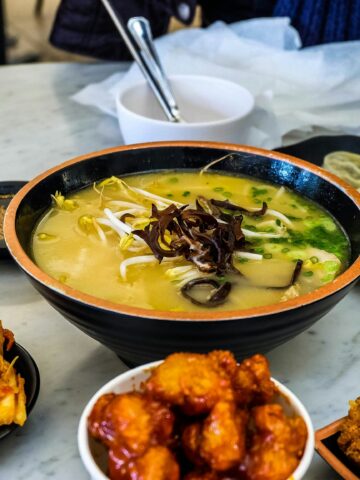
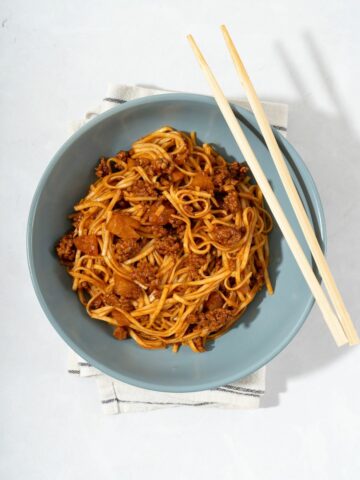
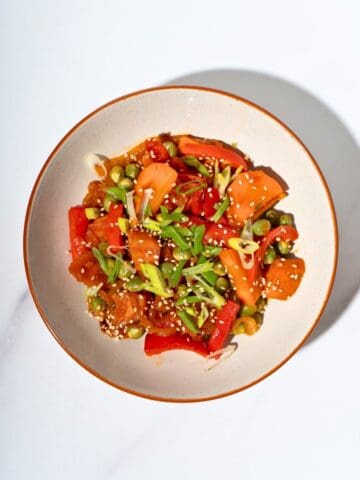
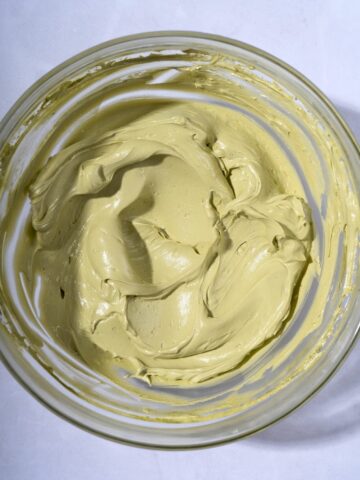
Comments
No Comments